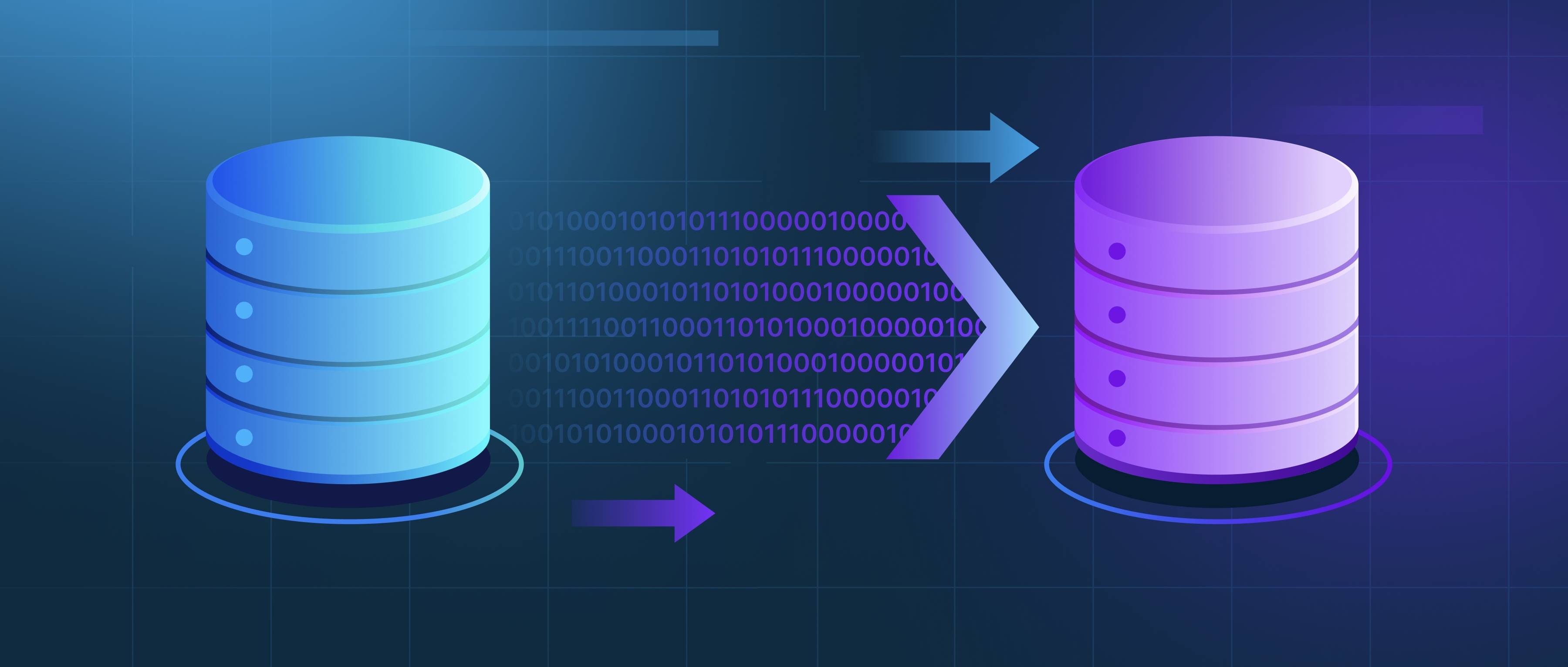Federated learning addresses device heterogeneity by designing algorithms that can adapt to the varying capabilities of different devices, such as smartphones, IoT devices, and servers. This means that a device with a slower processor or a limited battery can still contribute to the overall model training without needing to perform intensive computations. One of the main strategies used is the idea of local model updates, where devices compute and share only the necessary parameters or gradients instead of the entire dataset or model. This allows each device to operate in a manner consistent with its resources.
To accommodate devices with different data distributions and processing power, federated learning often uses techniques like adaptive sampling and weighted averaging. For instance, if one device has significantly more data or a faster processor, its updates can be given more importance during the model aggregation. This ensures that the model benefits not just from the quantity of data but also reflects the expertise from more capable devices. Additionally, researchers implement communication-efficient protocols so that even devices with intermittent connectivity can participate in training without being hindered by their limitations.
Overall, federated learning creates a collaborative environment among heterogeneous devices by allowing them to work at their own pace and capability. By focusing on local computations and employing strategies to balance contributions, federated learning ensures that all devices, regardless of their differences, can participate in building a robust global model. This flexibility fosters collaboration across diverse ecosystems, enhancing the overall effectiveness and inclusivity of machine learning processes.
